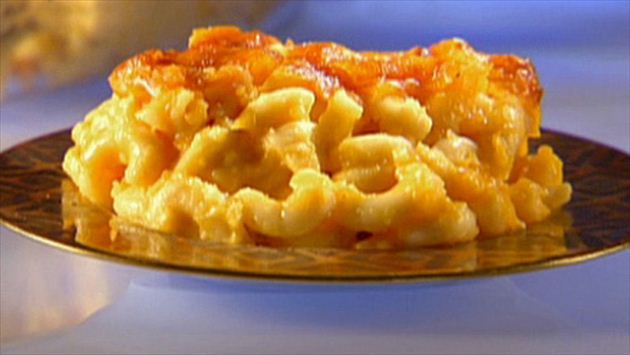
Sharp, extra sharp and sharp white are best. It melts wonderfully, never breaking or becoming greasy, with just the right amount of salt and tang. But the type of cheese can vary depending on the style of macaroni and cheese you are making and your preferred flavors and textures.Ĭheddar reigns here, somehow always behaving exactly as it should. On average, you’ll need a pound and a half to two pounds of cheese per pound of pasta. The rule for cooking with wine also applies to cheese: Don’t cook with anything you wouldn’t want to drink or eat on its own. The pasta will continue to cook in the cheesy sauce, which not only gains thickness from the noodles’ starch, but also deepens the flavor of the noodles themselves. Whatever shape or style you choose, it’s important to remember two things: Always cook the noodles in water that’s as salty as the sea to season them from the inside out, and make sure they’re cooked more al dente than you might think they need to be. Its length and curl perch perfectly on a fork, its ribbing is optimal for gripping luscious sauce, and its thickness (slightly thicker than elbows) decreases any risk of mushiness. (Like cutting a grilled cheese into triangles instead of rectangles, they may actually improve the taste of the finished product, if only in our heads.) Avoid long, thin shapes like spaghetti or linguine.Įlbow enthusiasts should also note that there’s a new kid in town: Cavatappi, a curly, ribbed noodle that’s longer than an elbow, may very well be the platonic ideal for baked macaroni and cheese.

But you will want to make sure you stay within the world of tiny, tube-like shapes, or those undeniably cute little shells. All this is to say that plenty of shapes are suitable for macaroni and cheese (many of which come gluten-free). This includes tubes like ziti, penne, rigatoni and, yes, elbows, as well as corkscrew shapes like fusilli. Stir well.Clockwise from top, shell pasta, cavatappi, elbow macaroni and penne cooked and coated in creamy sauces.īy definition, classic macaroni and cheese should be made with, well, macaroni, a style broadly defined as any short, cylindrical extruded pasta. Take the contents from the blender and pour it into the bowl with pasta.Add the butter and the flour mixture to the blender, and blend for 1-2 minutes. Add salt, two tablespoons of olive oil, and a squeeze of lime juice. After the vegetables have cooled, place them in a blender.Add the flour and stir until a paste is formed. Bring to the boil until the vegetables are al dente. Place all cut vegetables in a large saucepan with water. Repeat with carrots, cauliflower, onion, and pumpkin. Switch off the stovetop when the pasta is soft and cooked. When the water is warm, put the small pasta into the water and bring to the boil. Heat a large saucepan of water, add a shake of salt.Related Article: Our Top 5 Plant-Based Comfort Foods PREPARATION TIME: 25-30 minutes

Here is a fantastic recipe for you to try out next time you are whipping up vegan mac ‘n cheese. You can never go wrong with this simple nutritious meal, which has the added benefits of being inexpensive, and quick to make. That is except for vegan mac ‘n cheese! In particular, this recipe for the best ever vegan mac ‘n cheese will satisfy any appetite. Nothing beats a mac ‘n cheese for a warm, appetizing meal especially during the cooler months of the year.


 0 kommentar(er)
0 kommentar(er)
